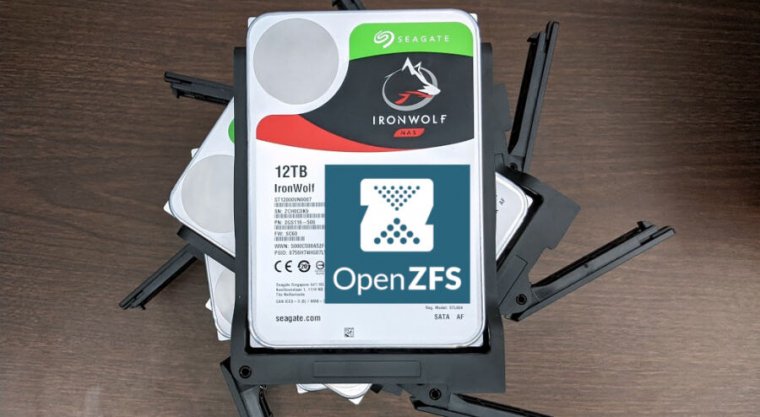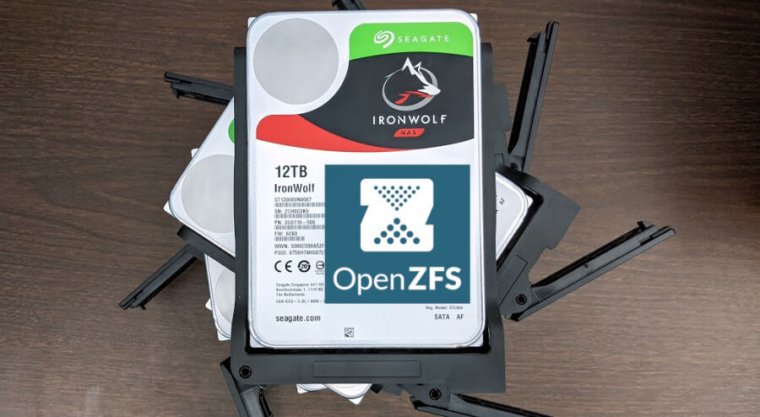
Enlarge / OpenZFS supports many complex disk topologies, but “spiral stack sitting on a desk” still isn’t one of them. (credit: Jim Salter)
OpenZFS founding developer Matthew Ahrens merged one of the most sought-after features in ZFS history—RAIDz expansion—into master last week. The new feature allows a ZFS user to expand the size of a single RAIDz vdev. For example, you can use the new feature to turn a three-disk RAIDz1 into a four, five, or six RAIDz1.
OpenZFS is a complex filesystem, and things are necessarily going to get a bit chewy explaining how the feature works. So if you’re a ZFS newbie, you may want to refer back to our comprehensive ZFS 101 introduction.
Expanding storage in ZFS
In addition to being a filesystem, ZFS is a storage array and volume manager, meaning that you can feed it a whole pile of disk devices, not just one. The heart of a ZFS storage system is thezpool—this is the most fundamental level of ZFS storage. The zpool in turn contains vdevs, and vdevs contain actual disks within them. Writes are split into units called records or blocks, which are then distributed semi-evenly among the vdevs.





